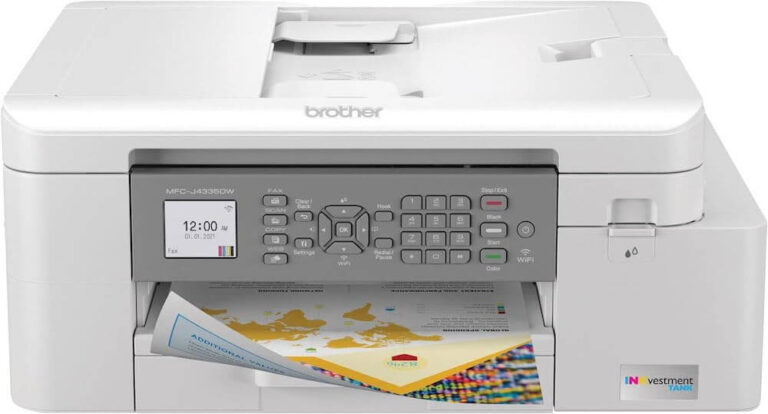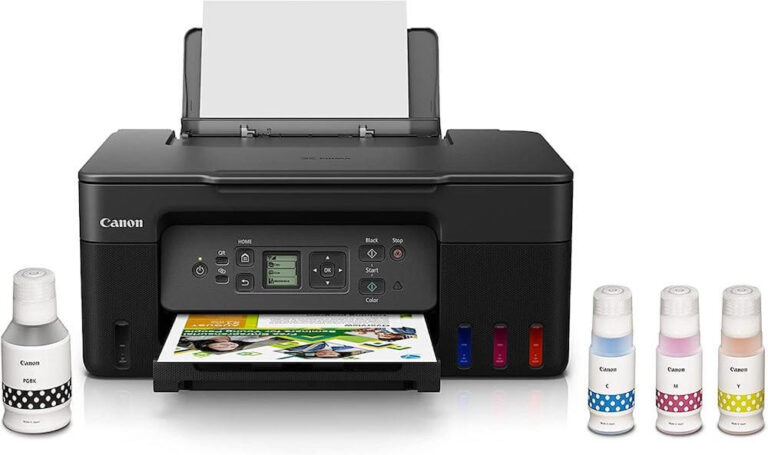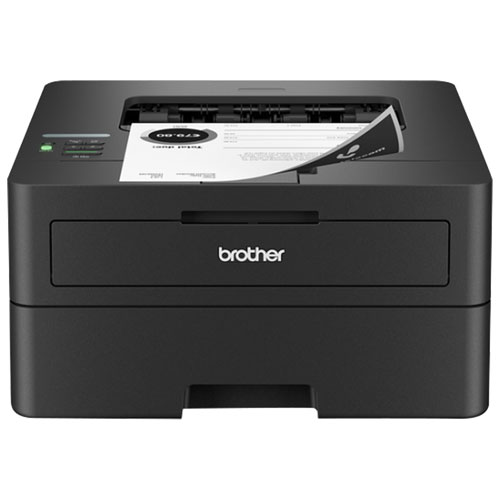No matter how good your toner or ink cartridge is, it will eventually run out. That means you have to buy more if you want to carry on printing.
Unfortunately, many people slip up when they’re buying. They may end up purchasing the wrong cartridge for their printer or they buy from places that provide shoddy third-party products.
These buying mistakes cost money. Your cartridge may run out faster, assuming it fits your printer at all.
What you need are some buying tips that are designed to save money. Here are seven that you should use the next time you’re buying ink or toner.
Tip #1 – Check the Make and Model
Every printer has a specific make and model. Not knowing what these are means you’re guessing when it comes to buying new cartridges. You can’t assume that buying a cartridge that carries the same make as your printer will do the job. Each brand produces a range of printer models, all of which use different cartridges.
Differences between cartridges can include their shape and size. As a result, it’s best to know what you’re buying before you try to buy it.
The printer’s user manual should contain the information that you need to make the right choice. However, you should find that most modern cartridges and toners also tell you the model number that you need. Just remove it from your printer to check.
Tip #2 – Consider Remanufactured Cartridges
The cost of buying new cartridges can add up over time. One way to save money is to buy remanufactured cartridges.
Some companies accept empty cartridges from people. They then refill these cartridges professionally, test them, and resell them at a fraction of the price of a brand new cartridge. Even some of the world’s leading printing companies offer remanufacturing services.
Generally speaking, buying remanufactured cartridges saves money and protects the environment. However, it’s worth researching the remanufacturer beforehand. Some use inferior inks in the refilling process that aren’t suitable for professional printing.
Tip #3 – Research Your Supplier
Online shopping makes buying new cartridges much more convenient. However, it also offers some difficulties that you have to navigate before committing your money anywhere.
The biggest of these is the need to ensure you’re buying from a reputable company. You can circumvent this problem if you buy directly from the manufacturer. However, this usually means that you’ll spend more money on a cartridge that you could have gotten cheaper from somebody else.
Independent suppliers are your route to saving money on print cartridge purchases. But how do you know which ones to use?
It all comes down to research. Before buying a cartridge, spend some time researching the supplier on the web. You’re looking for any comments relating to the quality of the cartridges they send and the level of customer service they provide.
Remember that some online retailers are less scrupulous than others. They may sell inferior cartridges or avoid dealing with customers who want a refund. Make sure you know who you’re buying from before you make a purchase.
There are a few other things that you can do to check the validity of an online supplier. These include the following:
- Check that the company has a registered address and phone number on its website.
- Find out if they have a rating with the Better Business Bureau.
Tip #4 – Compare Different Suppliers
There’s a lot to be said for buying from a trusted supplier. You know what service you’re going to get, which makes you feel more confident.
However, sticking to one supplier may mean that you’re paying more than you need to for your toner and ink.
It’s worth comparing several suppliers before making a purchase. Also, look for any discounts that different suppliers may offer. Some may give money off to brand new customers, whereas others run discounts during different times of the year that could save you money.
Keep our third tip in mind when comparing different suppliers. Make sure you research all of them thoroughly. Assuming they all check out, go for the one that offers the cartridge at the lowest price. Don’t forget to look out for hidden charges that can add to the overall cost. For example, a company may offer the cartridge at a lower price than others, but it charges more for shipping.
Tip #5 – Choose Between OEM and Compatible
Assuming you go the brand new route, rather than buying a manufactured cartridge, you have two choices:
- OEM (Original Equipment Manufacturer)
- compatible
An OEM cartridge is one that the printer’s manufacturer makes specifically for that printer. For example, a Lexmark branded cartridge for a Lexmark printer is an OEM cartridge. Such cartridges offer a guaranteed quality level and usually come with guarantees. However, they cost more than Compatible cartridges.
A compatible cartridge is any third-party cartridge that works with your make and model of printer. Such cartridges cost less than OEM cartridges. However, there are a few wrinkles. Some third-parties use inferior ink. Moreover, some compatible cartridges can cause issues with your printer over time.
Don’t assume that a compatible cartridge automatically saves money. Buying one when you need high-quality prints may lead to disappointment. You could end up having to buy an OEM cartridge anyway, which means you spend even more.
However, a compatible cartridge can save money if you’re not worried about the quality of the print. Even then, research the manufacturer to find out if their cartridges have a reputation for damaging printers.
Tip #6 – Check the Page Yield
Sometimes, manufacturers make several inks and toners for the same make and model of printer.
How do you know which one will save you the most money?
It all comes down to the page yield. This is the number of pages that the cartridge can print before it runs out. Divide the cartridge’s cost by the page yield to find out the cost per page (CPP). The lower the CPP, the more cost-effective the cartridge.
Here’s a useful tip. Manufacturers tend to mark their high yield cartridges with an X. Check the price and page yield of such cartridges to see if they offer a better long-term deal than the regular cartridges.
Tip #7 – Don’t Buy the Wrong Type of Cartridge
You’ll generally have one of two types of printer – inkjet or laser.
Each requires different cartridges to work properly. Inkjets use ink cartridges, whereas laser printers use toner. Buying the wrong cartridge type for your printer type leads to bad results, assuming you can fit the cartridge into the printer in the first place.
Check your user’s manual to find out what type of printer you have. This will ensure you choose the best type of cartridge for that printer type.
The Final Word
There are so many things that can increase the amount of money that you spend on your ink and toner. Buying from the wrong supplier and not knowing what you actually need can be a drain on your bank account.
Do the following before buying a new ink or toner cartridge:
- Check the type of cartridge you need.
- Figure out if you want to buy an OEM, compatible, or remanufactured cartridge.
- Research different suppliers
- Consider the CPP
Once you’ve done that, please take a moment to browse our catalog. We offer a wide range of inks, toners, and accessories for printers of all makes and models.


